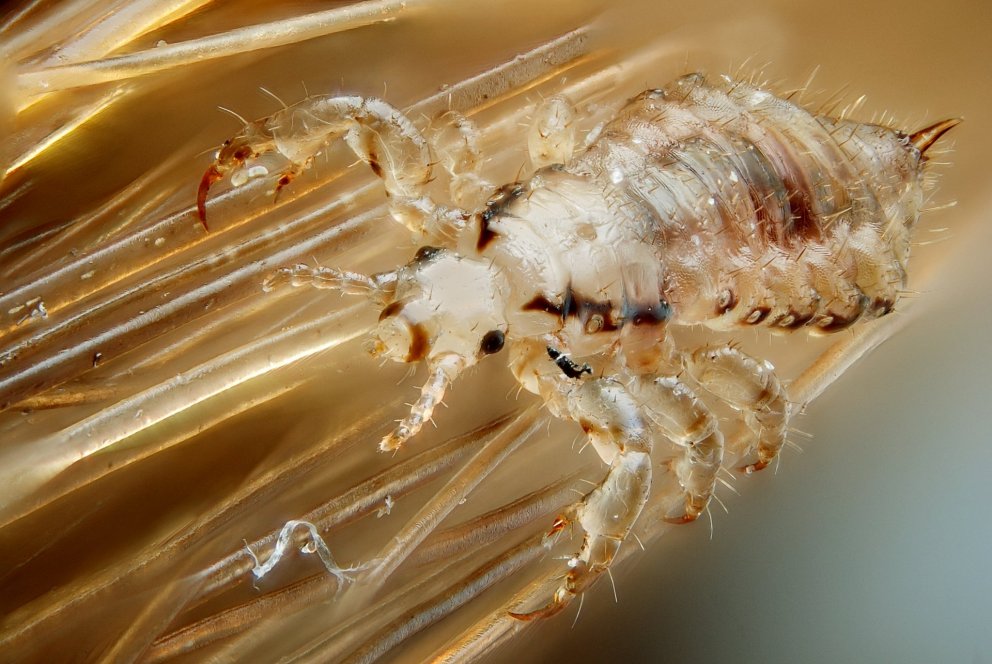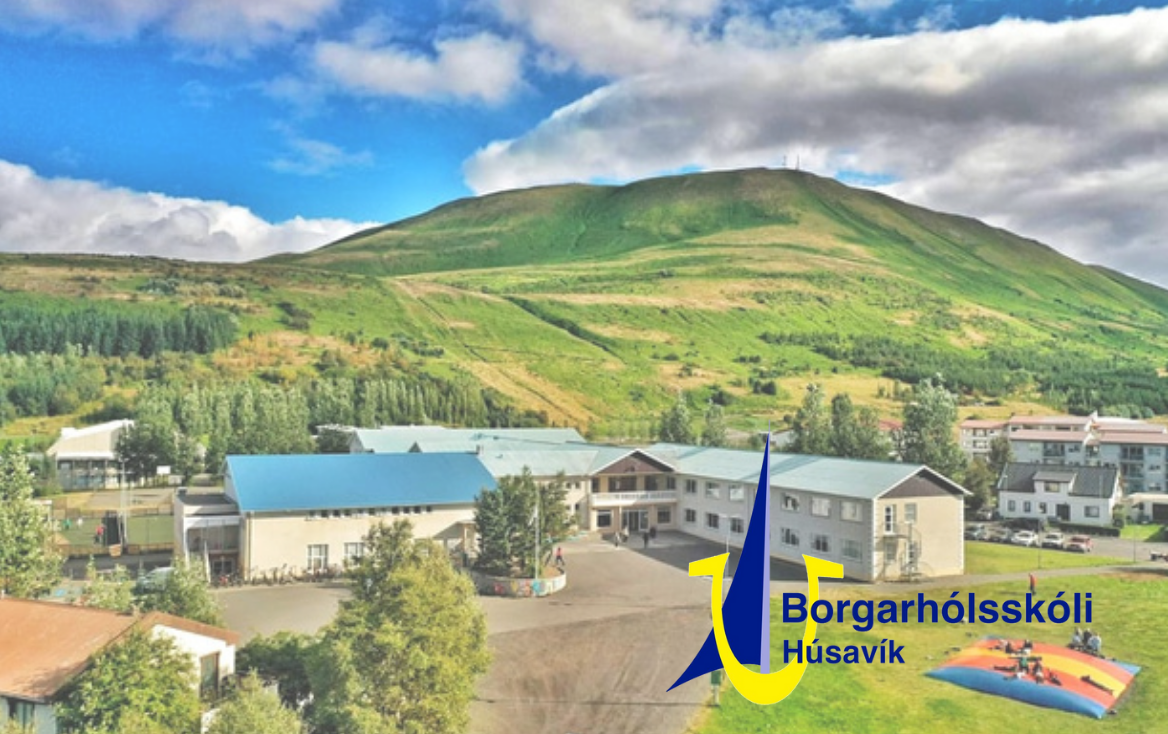- Skólinn
- Nemendur
- Foreldrar
- Jákvæður agi
- Bland í Borgó
- Farsæld barna
- Byrjendalæsi
Höfuðlús - Head Louse
02.09.2019
Höfuðlúsin er lítið skorkvikindi sem hefur aðlagað sig manninum og lifir sníkjulífi í mannshári á höfði og nærist á því að sjúga blóð úr hársverðinum. Hún er ekki talin bera neina sjúkdóma og því skaðlaus hýslinum. Foreldrar eru beðnir um að tilkynnaum lúsasmit í skólann.
Allir geta smitast en staðfest smit er algengast hjá 3-12 ára börnum. Höfuðlúsasmit er ekki talið bera vitni um sóðaskap. Höfuðlúsin er 2-3 millimetrar að stærð (svipað og sesamfræ), grá eða ljósbrún á lit.
Það er komin upp lús í skólanum og foreldrar beðnir um að kemba börn sín og fylgjast með þessum leiðinda gesti. Það getur verið hentugt að ganga með húfu eða buff til að draga úr líkum á smiti.
Hvað á að gera ef lús finnst?
- Hægt er að fá án lyfseðils í lyfjaverslunum efni til að bera í hárið sem drepur lúsina og eggin. Mjög mikilvægt er að fara nákvæmlega eftir leiðbeiningum sem fylgja. Einnig þarf að:
- Skoða aðra heimilismenn og nána vini og athuga hvort þeir séu líka með höfuðlús (kemba þeim með lúsakambi).
- Meðhöndla aðeins þá sem eru með lús (alla heimilismenn samtímis).
- Kemba með lúsakambi daginn eftir að lúsameðalið var sett í, til að athuga hvort meðferðin hafi heppnast lifandi lýs eiga þá ekki að vera til staðar. Kemba síðan annan hvern dag í tvær vikur.
- Æskilegt er að kemba jafnframt öðrum heimilismönnum samhliða
- Endurtaka lúsameðalsmeðferðina þegar 7 dagar eru liðnir frá upphaflegu meðferðinni til að drepa þá lús sem hugsanlega hefur klakist út úr nit (eggjum lúsarinnar) og ekki drepist í fyrstu meðferðinni.
- Ekki er talin þörf á að þvo föt, rúmfatnað og tuskudýr o.fl. þess háttar til að hindra höfuðlúsasmit því lýsnar eru taldar deyja fljótt eftir að þær fara úr hlýjum, rökum og blóðríkum hársverðinum.
Sjá vef Landlæknisembættisins með því að smella HÉR.
The head louse is still today alive in abundance in all parts of the world. The louse does not cause danger to the health of people. It is no respecter of persons and is not a testimony of uncleanliness. The louse is contracted through physical contact and from time to time epidemics will arise especially where children stay together e.g. in kindergartens and primary school.
The louse is 2‐3 mm when fully developed however it can be difficult to detect the louse and the immature louse can hardly be seen with the bare eyes. It cannot be eliminated through normal hair wash and it is close to impossible to drown the louse. The louse becomes mature in ten days and then starts laying eggs called nit. The nit can be seen as a small node in the hair close to the scalp and sticks to the hair. The nit will hatch in a period of six to ten days.
The main options for treatment:
• The first rule is to search for the louse by combing the hair with a louse comb. Sufficient light is necessary and it is important to have a bright underlay so the louse may be seen if it comes loose from the hair. • In the event that a case of lice is detected an anti‐louse drug must be applied to the hair. The drug can be obtained prescription free from the pharmacy. Remember to treat only the person on whom louse is detected. It is not necessary that all family members or the pupils in a class receive treatment as this could cause immunity by the louse towards the drug. It is important to follow closely the instructions and it is recommended to get advise from the pharmacy staff or from health care center staff. Pregnant women and children under the age of two should not use the drugs except according to physicians advice. • Following treatment the hair must be combed regularly in order to make certain that the treatment has been successful. Usually it is recommended to repeat the treatment in one or two weeks because the nit may have survived the treatment. The nit can be loosened from the hair by applying to the hair a mixture of vinegar and water in equal measures and then combing the hair with a louse‐comb dipped in vinegar. • The clothes and bed linen of the person infected by louse or nit must be cleaned. The louse will die in 30 minutes at 50°C and the nit is destroyed in one hour. Likewise the louse will die in 30 minutes at –50°C and the nit in four hours. The items not possible to wash or freeze can be vacuum cleaned. The louse can live for over 50 hours without nourishment.
Most of all it is important to work with diligence when treatment against lice is applied as indifference will cause the lice to thrive and spread. It is also important to inform the school and kindergarten when lice have been detected in a child.
Further information available on the web page of the Directorate of Health: www.landlaeknir.is


